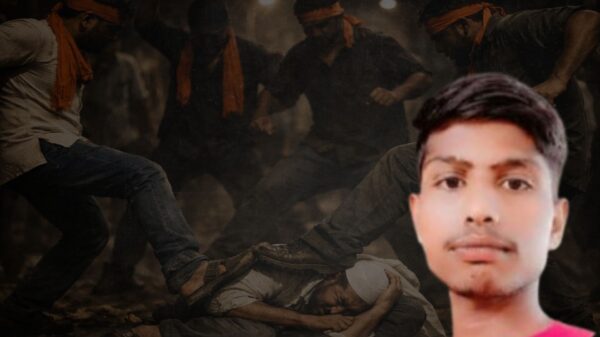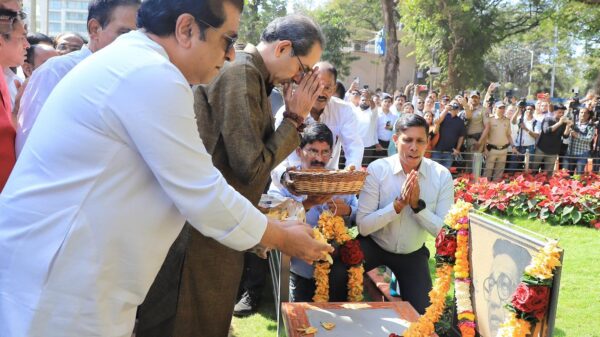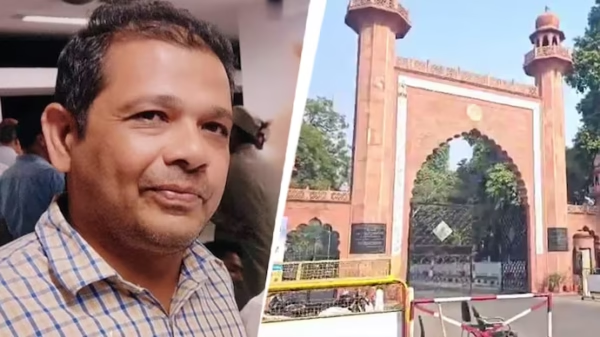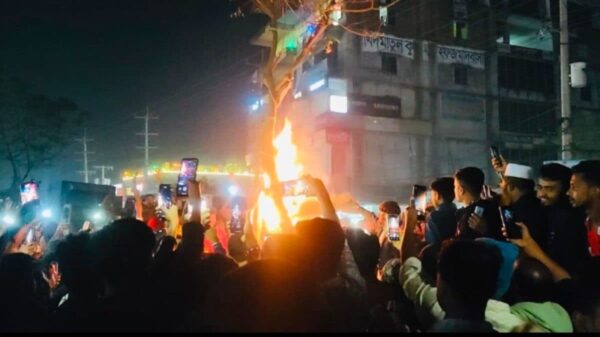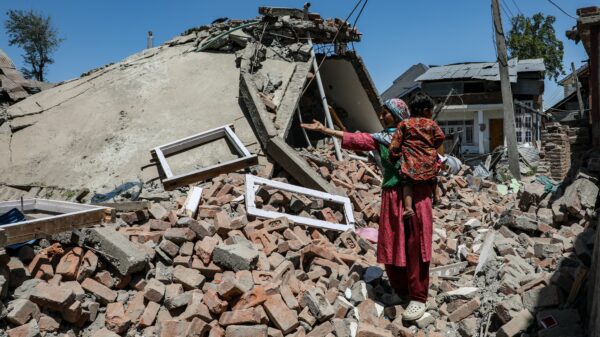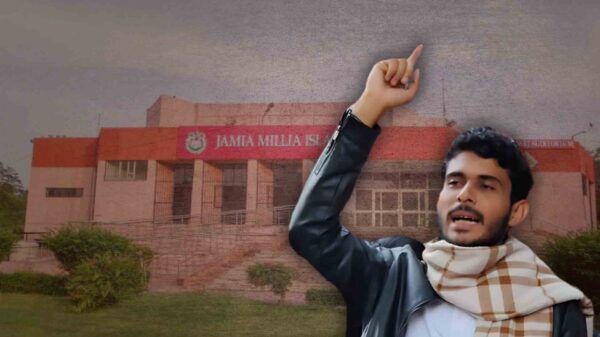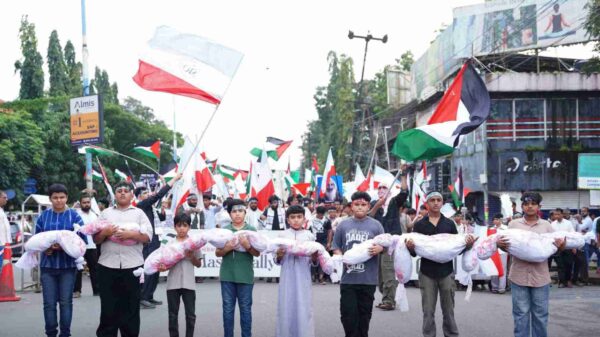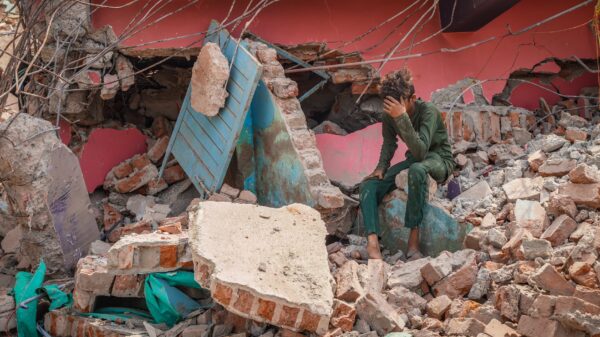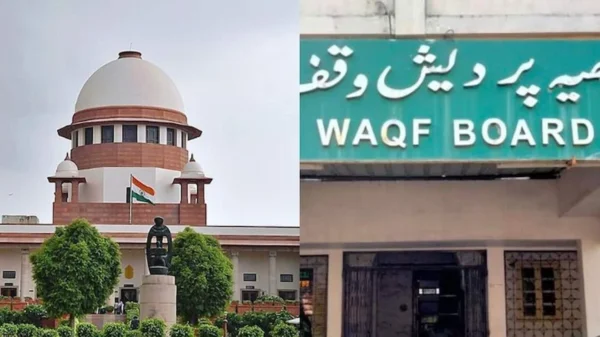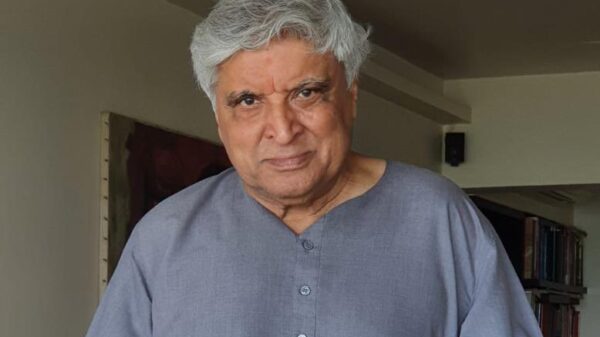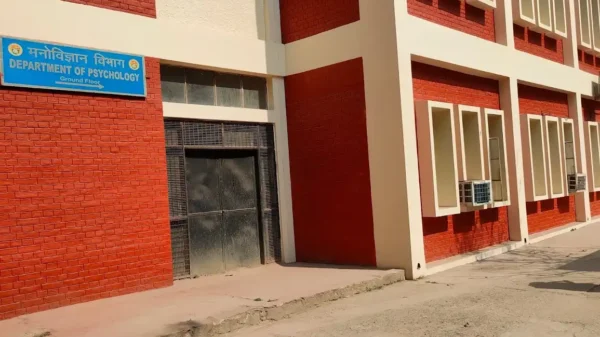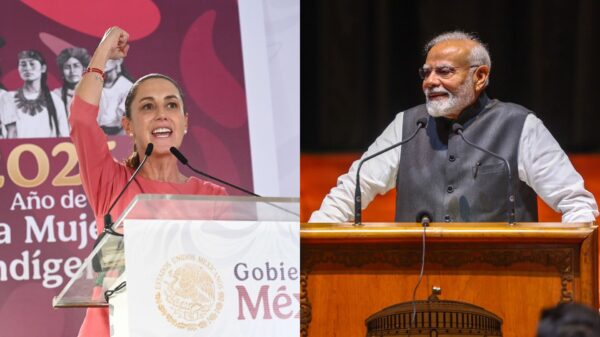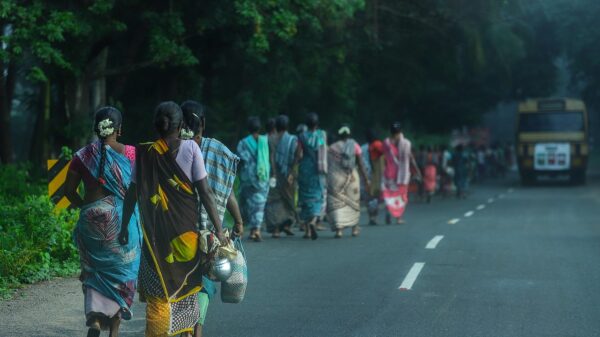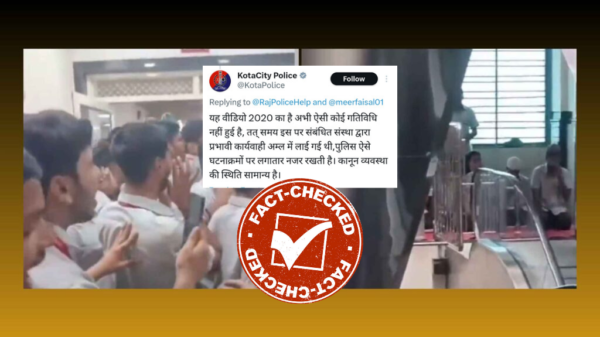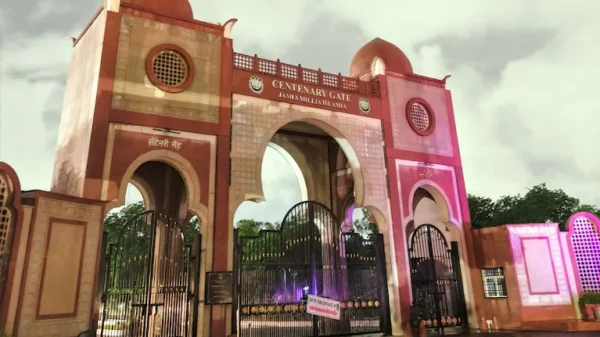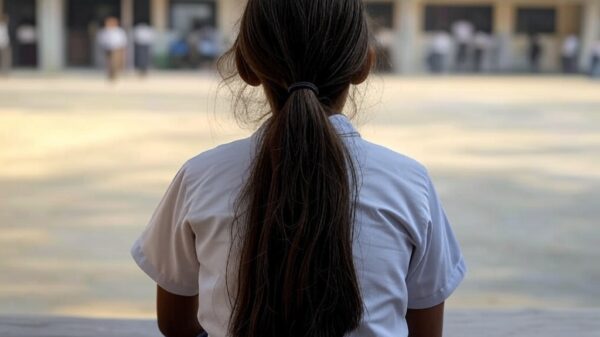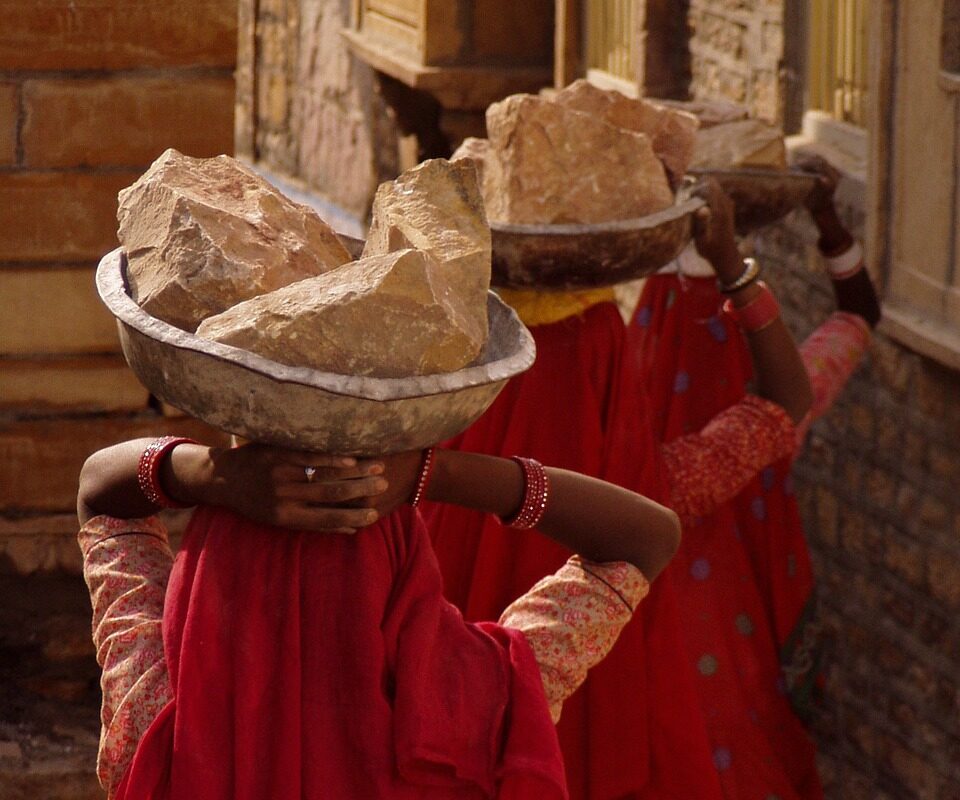Recent data on crimes against women released by the National Commission for Women (NCW) for the year 2023 revealed that it received a total of 28,811 complaints, of which, 16,109 complaints were from Uttar Pradesh alone. UP accounted for nearly 55% of all registered crimes against women in India.
Although the numbers have seen a drop from the highest figure (since 2014) of 30,864 complaints received from across the country in 2022, the very minor dip shows that not much has been done to overcome the issue.
Uttar Pradesh is followed by Delhi (2,411) and Maharashtra (1,343), while significant numbers were contributed by other states — Madhya Pradesh (11,155), Bihar (1,312), Haryana (1,011), Rajasthan (608), Tamil Nadu (569), West Bengal (569), and Karnataka (501).
Among the total 28,811 complaints related to crimes against women received in 2023, 8,540 were the highest number of complaints received under the category of the ‘right to dignity & decency’ that involves harassment other than domestic violence. Followed by 6,274 complaints of domestic violence, 4,797 of dowry harassment complaints, 2,349 of molestation complaints, 1,618 of police apathy against women complaints, and 1,537 of rape and attempt to rape complaints, as per the data. Moreover, there were 805 complaints of sexual harassment, 605 of cyber crime, 472 of stalking and 409 of honour crimes.
In addition to the NCW report, the National Crime Records Bureau (NCRB) report for 2022, saw a 4% increase from 2021 figures (428,278), recording a total of 445,256 crime cases against women in the entire country.
The NCRB, which functions under the Union Ministry of Home Affairs, revealed that the total number of cases of crime against women registered across India in 2022, makes up almost 51 FIRs every hour, in its latest data.
This comes as not so surprising anymore, that 31.4%, the majority of crimes against women were cruelty in the hands of the husband or his relatives (11,954 cases), followed by assault with intent to outrage modesty (5,884 cases), rape (621 cases), kidnapping and abduction (592 cases), abetment of suicide (358 cases), and dowry deaths (100 cases), according to the NCRB report.
Usually, rape cases make the headlines although the offence defined as cruelty by husband and relatives in the Indian Penal Code continues to form the largest proportion of total registered cases, both in NCW & NCRB report.
NCRB too had the same to say — ‘Uttar Pradesh claims the top spot in the country for crimes against women’.
Uttar Pradesh stays on the top
In the 2022 report of NCRB, Uttar Pradesh held onto the highest position it had secured in 2021. But this time, with an increase to 65,743 cases from 56,083, recording the highest number of registered cases against women under sections of the IPC and Special and Local Laws. UP was followed by Maharashtra (45,331) and Rajasthan (45,058). Whereas, among Union territories, Delhi takes the lead with 14,247 cases in 2022.
Uttar Pradesh has attained the top position with 62 cases registered under the category of murder with rape/gang rape, followed by Madhya Pradesh (41). Assam had trailed UP in this category with 46 cases in 2021 but has shown a major dip to 14 cases in 2022. UP again leads with 2,138 dowry death cases, followed by Bihar (1,057). In the category of rape, Rajasthan leads with 5,399. Yet again, followed by Uttar Pradesh at 3,690.
Odisha tops in the cases related to cyber offences against women registered in 2022 under the Information Technology Act, with as many as 542 cases. Uttar Pradesh doesn’t fail to top the list at the second position in this category too. UP followed Odisha with 457 cases while Karnataka registered 235 cases under the IT Act for offences against women.
Uttar Pradesh has also achieved the highest conviction rate in cases of women atrocities, according to NCRB 2022 data.
“CM Yogi has taken several steps to stop crime against women in Uttar Pradesh in the last six years of his tenure,” read an official statement from the Chief Minister’s Office (CMO), released a few months ago. But the revealed data of NCW tells us otherwise. Chief Minister Yogi Adityanath’s assertions about women’s safety in the state of UP are effortlessly scrutinized by the staggering numbers alone.
The image of ‘how safe the state is’, seems pretty clear, so much so that the film industry often ends up choosing UP as the location for crime backdrops, and hence, has become the ‘crime haven of TV shows’.
Underlying Factors & Other Concerns
Numerous cases, beyond those that garnered headlines, went unreported to both law enforcement and families.
Many women stay silent, concerned with the matter of dignity, or sometimes, are silenced by the family. The ground reality of women’s atrocities in the nation cannot be brought to the fore with just the numbers but rather with field exposure, while in conversation with women, especially in the rural areas.
The NCRB in its note of caution about the annual report, said that it is fallacious to think that the upward swing in police data indicates an increase in crime and that it reflects the ineffectiveness of the police.
It said, “ ‘Rise in crime’ and ‘increase in registration of crime by police’ are clearly two different things, a fact which requires better understanding. Thus an oft-repeated expectation from certain quarters that an effective police administration will be able to keep the crime figures low is misplaced.”
It also emphasized the role of certain citizen-centric police initiatives like e-FIR facilities and women helpdesk.
“The increase or decrease in crime numbers, however, does call for a professional investigation of underlying factors pertaining to the local communities to suitably address the pertinent issues,” the NCRB said.
As the nation struggles with these alarming numbers of crimes against women, activists, experts, and those concerned have emphasized the need for a comprehensive investigation to find out the factors that led to this distressing trend.
It is to be pointed out that oftentimes, the caste, religion, and political affiliations of the accused often hinder the proper enforcement of the law.
To give you an instance to prove the claim, let’s look into the recent IIT-Bhu rape case. The incident that occurred in the early hours of November 1st, saw the arrest of the accused only 60 days later, on December 30th. The reason for the delay? Political affiliations. Two of the three accused of gang rape were found to be the officials of BJP’s IT cell of Varanasi, according to several media reports and social media posts, shared on X.
How then were they finally arrested? Because in certain cases, the administration takes action against criminals only when public pressure is mounted. Here too, at least 2,000 students boycotted class and protested demanding the arrest of the three rapists, the resignation of the director and the upgrading of the campus security.
Another well-known case to add to the claim — Hathras rape case of 2020. The incident took place in Uttar Pradesh on September 14th, when the Dalit victim was found covered in blood, with her tongue cut off, in a critical condition. The victim succumbed to her injuries on September 29, after which the family alleged that the police forcefully cremated the victim without their consent.
There was not much progress in punishing the culprit until nationwide protests erupted questioning the UP government and administration’s intentions, Rahul Gandhi and Priyanka Gandhi visited the victim, and the public pressurized the authorities to take action.
The Uttar Pradesh police and administration faced scrutiny from the victim’s family, civil society activists and others from across the nation, alleging that they were trying to protect the accused, who is a Thakur.
NCRB report also revealed that 1,347 cases of rape and 1022 cases of assault on tribal women were reported in 2022. Drawing from this, could socio-economic status be yet another factor making women vulnerable to such atrocities? Nonetheless, history has proved that crimes against the weaker sections of society are relatively more compared to the privileged people in India.
The overall crime rate against women per lakh population stood at 66.4. Delhi had the highest with 144.4, followed by Haryana (118.7), Telangana (117), Rajasthan (115.1), Odisha (103), Andhra Pradesh (96.2), Andaman and Nicobar Islands (93.7), Kerala (82), Assam (81), Madhya Pradesh (78.8), Uttarakhand (77), Maharashtra (75.1) and West Bengal (71.8), making a total of 12 states and Union Territories to record crime rates higher than the national average of 66.4. Whereas, crime rate in Uttar Pradesh was relatively lower at 58.6, despite the increased number of cases, due to its vast population — the largest of any other state with 23.57 crores as of 2023.
On one hand, the central govt and the UP govt are vouching for its “pro-women initiatives”. From the Republic Day parade of 2024 that is to be led by women battalions, to the various schemes provided by them to promote “safety, dignity & empowerment of women”. On the other hand, the NCW and NCRB data exposes the grim reality of the ‘safety, dignity & empowerment’ of women.
On a positive note, a report by Deccan Chronicle points out how the Crimes Against Women Dropped 20% in Nellore District and another report by The Hindu says there is a significant drop in cybercrime cases in Vizianagaram district of Andhra Pradesh in 2023. How did the districts achieve this? one may ask. TheW answers could perhaps assist the other states and UTs in achieving the same, contributing to the overall downfall of the crime rate against women in India.






